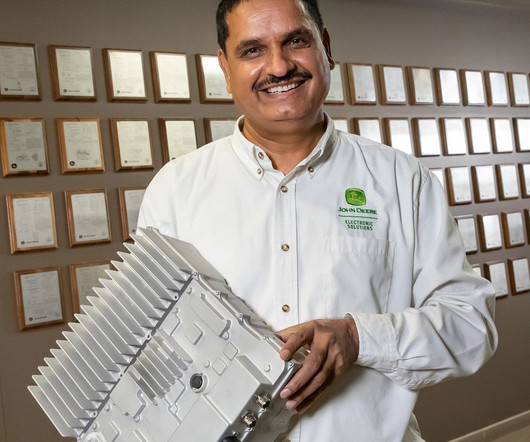EIA: CO2 emissions from US power sector have declined 28% since 2005
Green Car Congress
DECEMBER 24, 2018
The power sector has become less carbon-intensive as natural gas-fired generation displaced coal-fired and petroleum-fired generation and as the noncarbon sources of electricity generation—especially renewables such as wind and solar—have grown. In 2005, noncarbon sources accounted for 28% of the US electricity mix.








































Let's personalize your content